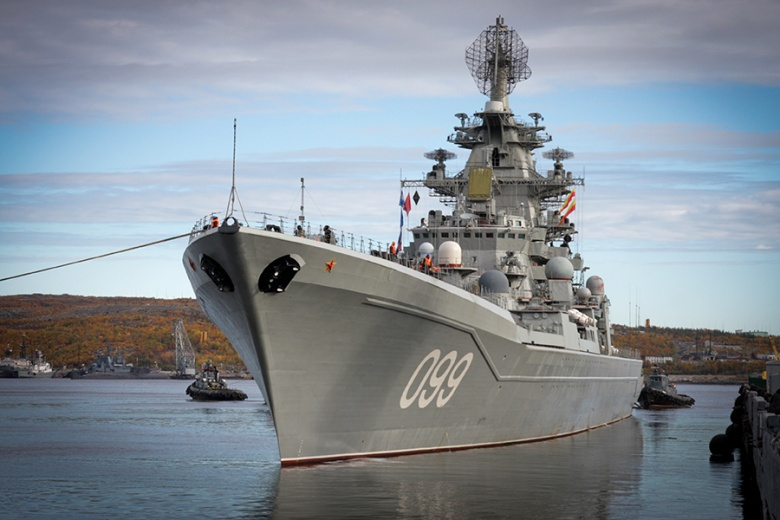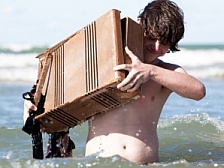The Russian Navy's Biggest Enemy Isn’t NATO (It’s Fire)

But the problem that plagues the Russian Navy is that its builds vessels in boutique quantities before moving onto a new class. That results in a logistical nightmare in terms of sustaining those vessels. One good example of that is the Ivan Gren-class tank landing ships, which are large and capable—but the Russians are building exactly two of those ships. That’s despite the fact that Moscow needs to replace the rest of its aging landing ship fleet, Kofman said. In fact, there are a host of vessel classes within the Russian Navy that were—and continue to be—built in pairs. “The Russian Navy suffers horribly from this distributed classisity problem,” Kofman said.
The underlying problem for Russia is that many of its shipyards—with the exception of those engaged in submarine construction—are an unmitigated disaster. On many occasions, ships are ordered simply for the sake of keeping a shipyard open or political patronage. “Russia’s shipbuilding industry is the worst of all its defense industries,” Kofman said—delays, technical problems and rampant corruption are commonplace. “A couple of the shipyards got racked with terrible corruption, the owners basically stole billions and ran off with them, which really hurt Russia’s shipbuilding plans.”
But while quality control or the lack thereof and corruption are problems, the single most fundamental—and easily solvable—problem with the Russian Navy can be summed up in one word: fire. The Russian fleet has lost more ships to fire than any other single cause. In June, a brand new state-of-the-art minesweeper lit up in the shipyard during construction—and while the Russians say the vessel can be salvaged and delivered on time, Kofman said that it is highly unlikely that will happen. Another incident was the November 2014 fire in Sevastopol that destroyed the Kara-class cruiser Kerch—which many regarded as the pride of the Black Sea fleet. “The Russian Navy's biggest enemy isn’t NATO, but its own maintenance and repair crews,” Kofman said.
But while the Russian surface fleet is a shadow of the former Soviet armada, it does afford the Kremlin significant combat capability—even given its limitations and materiel condition. The Russian fleet will likely never again possess the kinds of capabilities that its Soviet forbearer did, it will move to smaller but more capable platforms and use technology to make up the difference—less quantity and more quality. New weapons like the Kalibr cruise missile allows the Russian fleet to hold Western targets at risk from extended ranges—which means that from the Kremlin’s point of view—it’s worth the money. “The surface combatant fleet can do a lot, frankly, hardly having to leave port,” Kofman said. “It now has the missile range to do land attack and anti-ship pretty far out.”
Dave Majumdar is the defense editor for The National Interest. You can follow him on Twitter: @davemajumdar.
Image: Russian Navy.




No comments:
Post a Comment